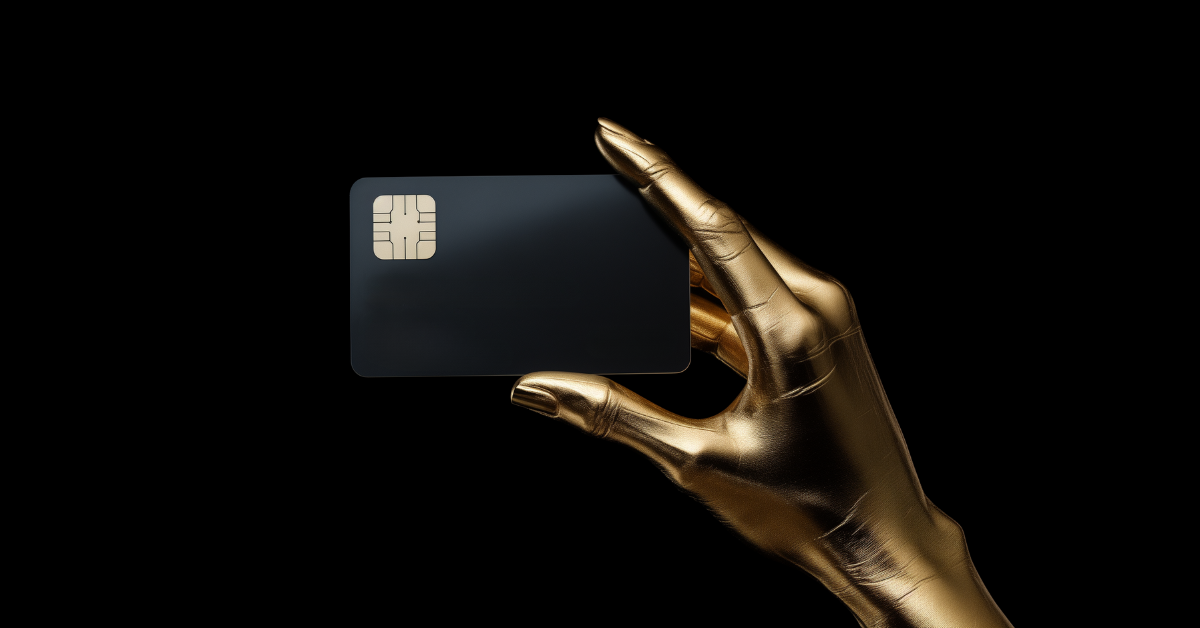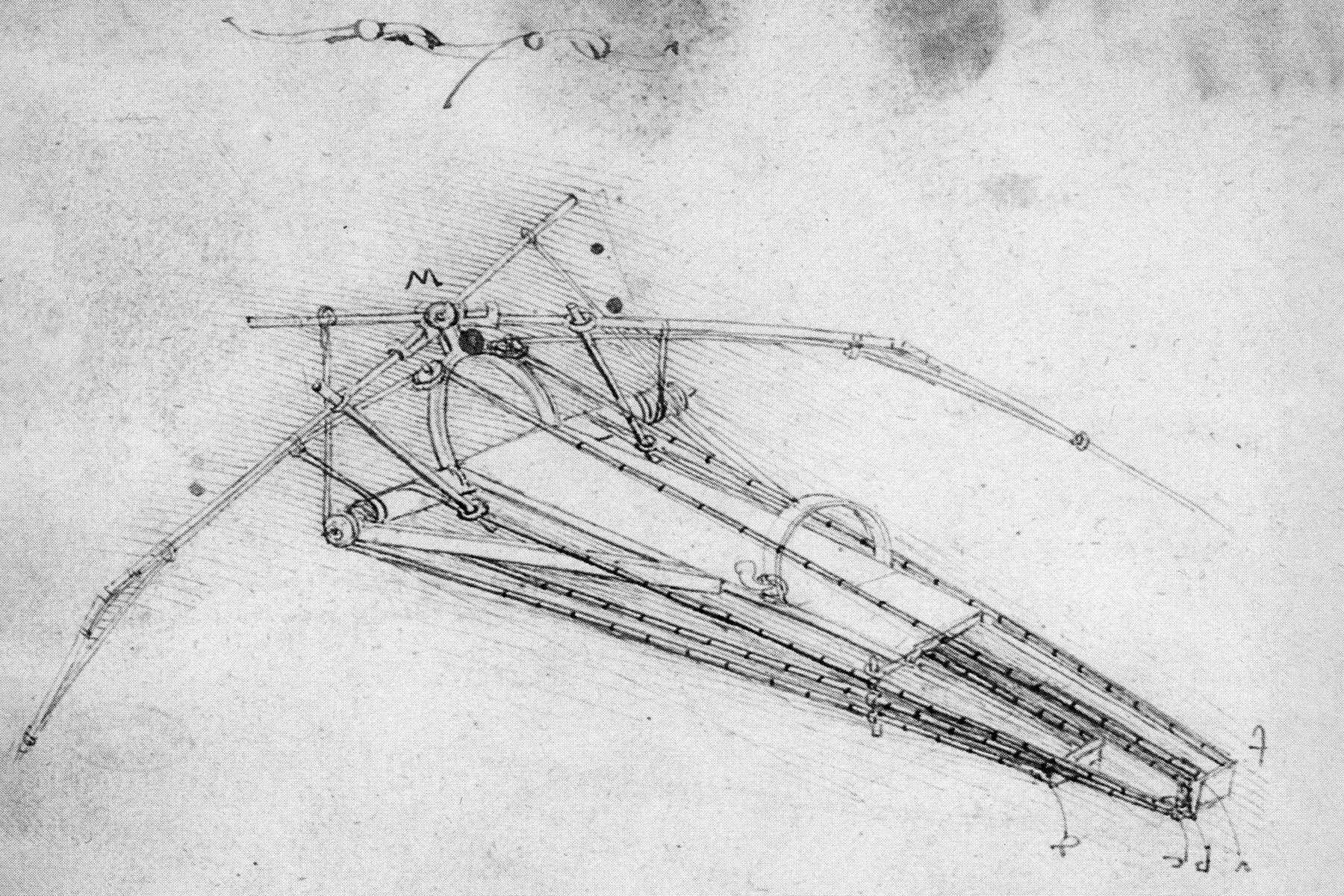Polaroid's odd invention before instant photos
Thursday, July 25, 2024
Inventor Edwin Land is often referred to as the "original Steve Jobs." The founder of Polaroid made a lasting impact on the photography world with the introduction of instant photos in 1948. |
| |
| |
|
 |
|
| I nventor Edwin Land is often referred to as the "original Steve Jobs." The founder of Polaroid made a lasting impact on the photography world with the introduction of instant photos in 1948. But even before that, Polaroid experimented with other innovative products, all based on Land's plastic-sheet light polarizers, patented in 1933. Researchers from General Motors, General Electric, and Kodak were intrigued by the possibilities of polarizer sheets, and Land pioneered a groundbreaking 3D movie process. Kodak became his first customer in 1934, buying the product to use in camera filters, and the following year, American Optical began buying polarizer-laminated sunglass filters, which Land had long thought would be helpful to reduce headlight glare while driving. |
|
|
| Despite Land's momentum, Polaroid, like many other American companies in 1940, altered its strategy and production to assist World War II efforts. The U.S. government's Office of Scientific Research and Development recruited Land and his company, and working with the National Defense Research Committee, they created a slew of Polaroid products using polarizer technology for military use: aerial survey equipment, tank telescopes, gunsights, flight training machines, and infrared night viewing devices, to name a few. Among the most commonly used objects that came out of this wartime production were goggles; Life magazine even noted in a February 1944 issue that "every U.S. fire-control instrument is equipped with filters and every second man in combat wears filter goggles. Most of these are produced by the Polaroid Corp." The goggles weren't just for humans, either: Polaroid produced special goggles to keep debris out of the eyes of dogs and mules, wartime companions who fulfilled countless important roles on the battlefield, including guarding, rescuing, and transporting materials and even soldiers. |
|
 |  |
|
|
 |
|
| |
|
| Total number of patents Edwin Land was granted | | | 535 |
| | | Estimated year that the Indigenous Inupiaq people made dog goggles from whale baleen | | | 1890 |
| | | Estimated year that the Indigenous Inupiaq people made dog goggles from whale baleen | | | 1890 |
|
|
|
| Percentage of World War II-era Disney productions that were made for military use | | | 90% |
| | | Year Lady Gaga became Polaroid's creative director | | | 2010 |
| | | Year Lady Gaga became Polaroid's creative director | | | 2010 |
|
|
|
 |
|
 | | Did you know? |
|
|
Polaroid warned people not to shake their pictures after the Outkast song "Hey Ya!" came out. |
|
| When Atlanta hip-hop group Outkast released their song "Hey Ya!" in August 2003, one lyric in particular stuck in listeners' ears and imaginations: "Shake it like a Polaroid picture." Rapper André 3000 was talking about dancing, and he was referencing the long-held belief that you were supposed to shake a Polaroid photo to help it develop. The instant photos did, at one time, have a finish that needed time to dry, but the modern version develops behind a plastic coating. After the song's popularity soared, Polaroid even offered guidance to users on its website: "Rapid movement during development can cause portions of the film to separate prematurely, or can cause 'blobs' in the picture," the company warned. André 3000, when later asked about the iconic lyric, admits it wasn't that deep. "In rap, lyric writing is what comes to mind, that was just the visual I had," he said. "And you're apparently not even supposed to do that." |
|


posted by June Lesley at 4:00 AM











![]()
![]()







0 Comments:
Post a Comment
<< Home